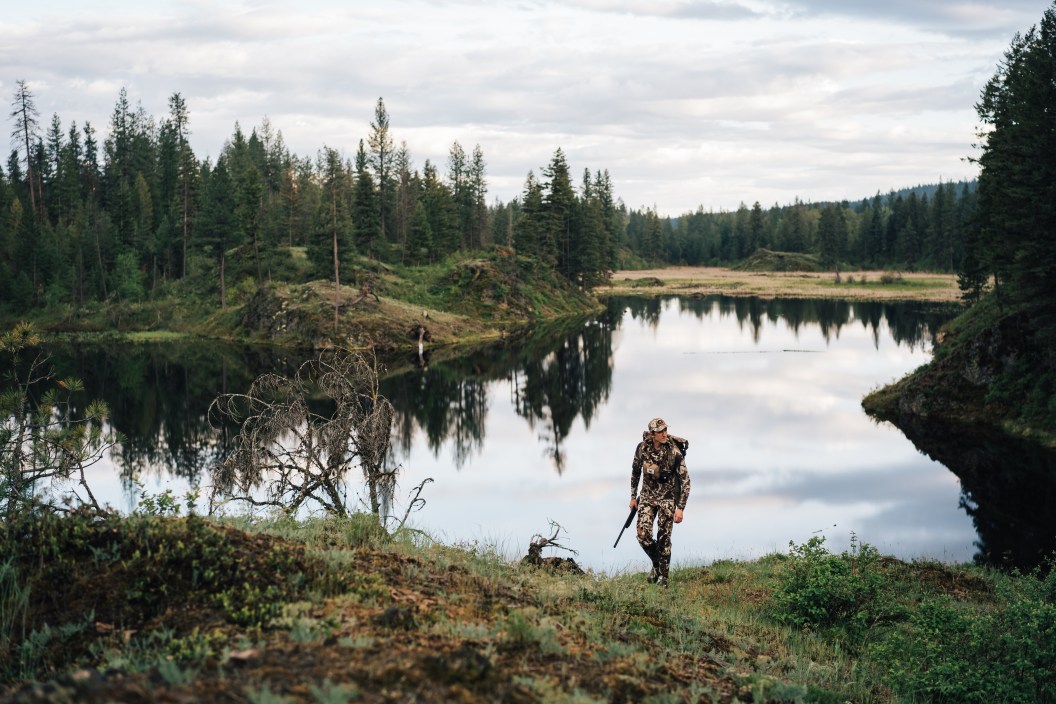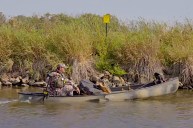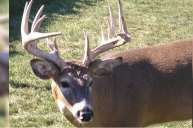Not every hunter has access to acres of well-maintained private property to hunt—but every U.S. citizen owns a share of public lands and waters. But these wild, untamed acres can be intimidating, especially to those who have never hunted public land before.
In some ways, those worries are justified: Hunting on public land often presents a lot more obstacles than hunting on private land. Accessing the most prime hunting locations isn't always easy, and if you're lucky enough to harvest a buck on public land, the pack-out is even more labor-intensive than the trip in. Plus there's the pressure to get to the best spots first. The honey holes have often been discovered by hunters swifter than you, and you must share the land.
Despite these challenges, becoming a public-land hunter can produce some great deer and even better memories. You just have to know how to approach it and have a game plan. The following five insider tips on public land hunting will give you an edge, and with any luck, lead to a filled tag.
1. Look for Deer Escape Routes
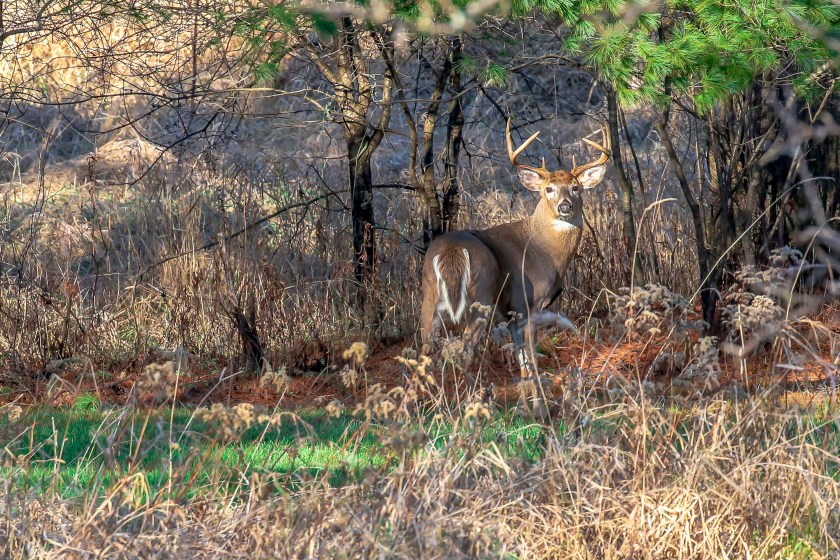
Getty Images, Michael Tatman
There can be a lot of pressure from other hunters on public land. Don't give up just because you see someone else walking a few miles away or nearby where you're hunting. Respect their space and stay out of their way, but don't stress their presence—use it to your advantage! Pressure can be a good thing for hunting; it keeps animals moving around.
Instead of the usual tactic of looking for hunting spots on the usual food sources, scrape lines, or near bedding areas, purposely go out looking for signs of other public-land hunters. They usually aren't hard to find. Just a short walk from the parking area and you'll likely see hastily constructed ground blinds or obvious stand placements. Many deer hunters might see that and decide they need to find another area. But if the sign is good that there's deer in the area, you simply need to get creative for when opening morning arrives and all hell breaks loose.
Set yourself up strategically. Find a public-land area surrounded by private land or bordered by an off-limits national wildlife refuge. These are likely going to be the sanctuary spots if a buck finds himself on public land when the shooting starts, he's likely going to make a beeline for them.
This is where you need to think like the deer: Where would you make your escape in this area if you were surrounded by hunters? It certainly won't be past the guy who threw his stand up in the public area a week before the season started. Look for natural funnels and ridges that the deer can use to sneak past other hunters. Look for the thickest cover possible between other hunters and safety. In a situation like this, you might want to utilize a tree saddle or climbing stand so you're not broadcasting your location to the deer or other whitetail hunters.
The downside to hunting an escape route is that the deer likely won't be there long, and you'll likely only get one shot. Make it count!
2. Experiment with Google Street View
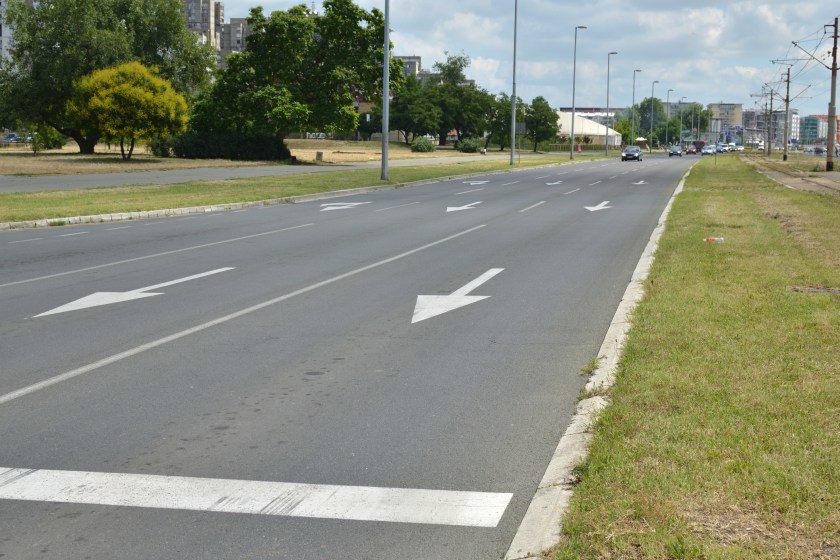
Getty Images, Banepx
Almost everything you'll read about hunting public lands recommends studying maps and satellite views of public property to find hunting opportunities. While those are good for identifying possible big buck hiding spots on public ground, they can also lead you on a wild goose chase.
Sometimes you find what looks like an awesome spot on BLM land, only to get there and find the area has either totally changed or little X-factors you couldn't see online make it a bad spot to hunt. It could be something like a bunch of new houses being built right next to the border of the land, or some recent logging cleared the land.
That's why, in addition to aerial views, take a look at Google Streetview. Often, you can tell just by the view from the road if it looks like an area is going to be worth your time or not.
Sometimes, you get lucky and the car taking the images drove through during hunting season, giving you a rough idea of the pressure based on the number of vehicles parked there. Look for the date the image to identify the time of year and how old the shots are.
Another thing you can do is to drag the Streetview cursor over an area of public land. Sometimes, you'll see a little blue dot indicating a photosphere. Drag the cursor over the dot and you'll see a photo or a 360-degree view someone took in that spot. It can give a good idea of what the terrain is like.
Not every area has Streetview coverage, but if it does, it can offer an "eyes on the ground" look before you get there.
3. Take a Boat
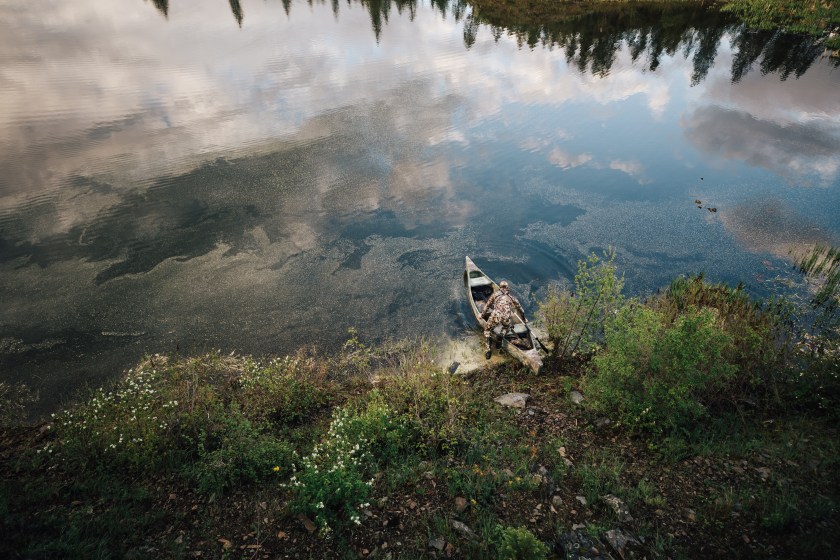
LaCrosse
If you're in a state like Michigan or Minnesota that has public hunting areas loaded with bodies of water, coming in by boat may be the way to get an advantage over everyone else. Any land with a river or stream running through it probably has prime hunting spots other hunters aren't going because it's too much of a hassle to reach the potential stand sites.
It's going to take more work to haul out a hunting kayak or canoe to reach these areas—that's why they're great. Most bowhunters aren't going to put in that extra effort to reach a remote island backwater hunting spot. The deer know this, it's why some of these places become sanctuaries for mature bucks when the hunting pressure is the most intense.
Another great thing about hunting this swampy, soggy areas? You'll often have the area to yourself, and you can often leave your trail cameras and treestands there without worry of them being stolen.
4. Scout with a Drone
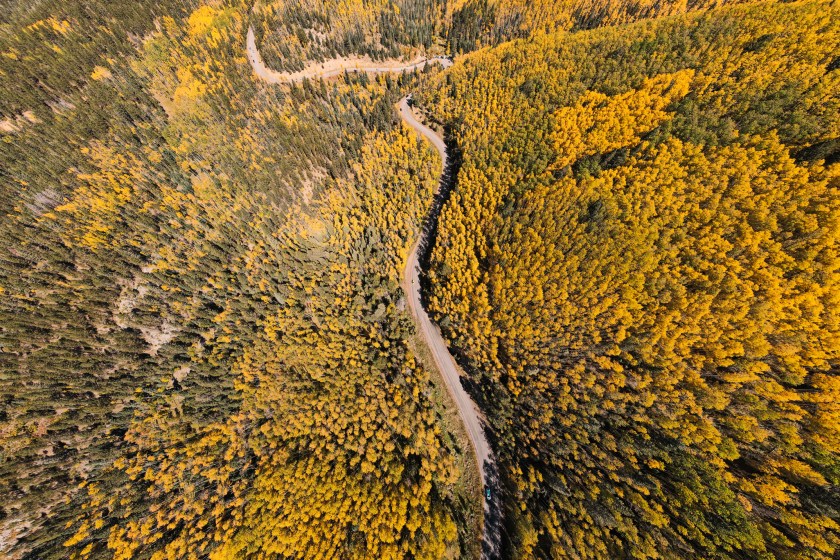
Getty Images, Studio Marklin
What better way to scout potential hunting land than from the bird's-eye view of a drone? Before you go, consult the local regulations on drones before you fly one over a public hunting area, because it's not legal everywhere. Also, out of common courtesy to other hunters, do your drone scouting only in the off-season.
Basically, this takes looking at satellite views a step further. Many satellite views are either out-of-date, or they don't have enough definition to find the trails, funnels, and bedding areas you're looking for. That's where a drone can be an invaluable tool.
The best time of year for drone scouting is in winter after hunting season has ended. The trees will be bare, and with snow on the ground, the game trails will stick out like a sore thumb. Fly around 100 feet or so above the treetops to get a view of those areas you're curious about—from this height, it won't alarm the deer. You'll also be able to better spot possible stand sights for that big public-land buck, and you may also see signs of other hunters.
Either way, you'll get fresher information that other hunters who rely only Google satellite views aren't getting. We suggest recording and viewing the footage again on a computer later, as you may miss small details when viewing the drone footage on a smartphone screen.
5. Try Small Urban Plots
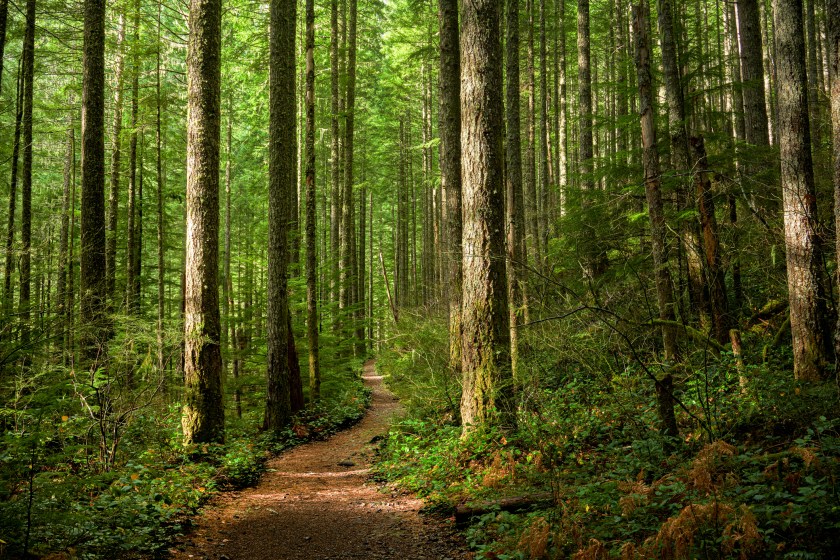
Getty Images, Alexander Fatall
Many hunters, if given the choice between 15,000 acres of wilderness in the middle of nowhere and 100 acres surrounded by neighborhoods and shopping malls will choose the wilderness every time. But urban bucks are some of the best kept secrets of the hunting world.
Most of the time, public access will be limited to archery gear only, which drops the pressure all on its own. It can be hard to walk into an area like this and think of it as a good hunting spot, especially if you're hearing the noise of dogs barking and kids playing on neighboring private property. The thing to remember is that urban deer are used to this. In fact, they won't be used to hunters at all.
Hunting some urban areas may go against all your instincts, especially if you have hikers or dog walkers routinely traipsing through your setup. But sometimes it pays to radically change your hunting spot and your style to get away from hunting pressure.
READ MORE: How Long Can it Realistically Take A Beginner To Kill A Deer With a Crossbow?
